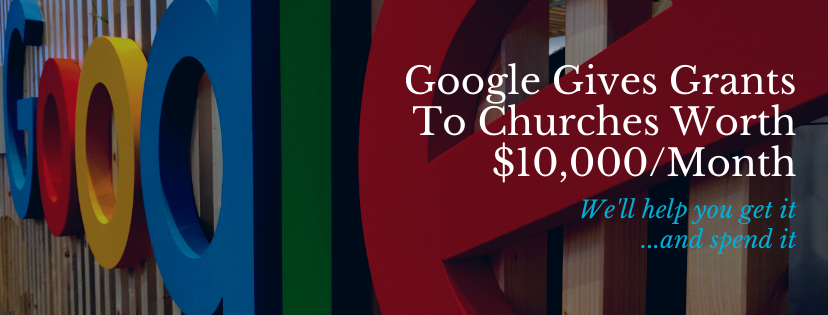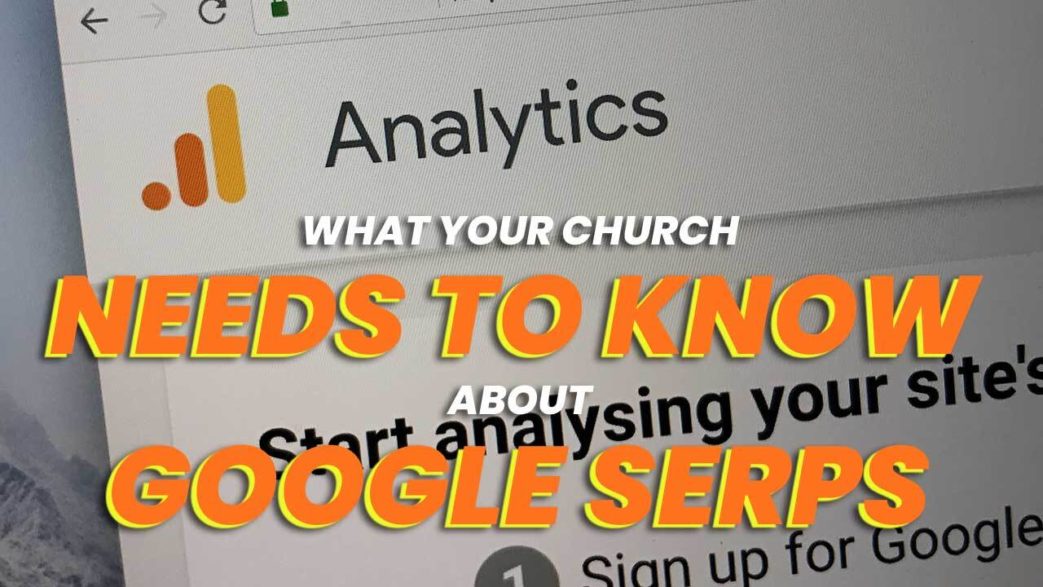You’ve probably heard plenty about SEO, but what about Google SERPs? Understanding what they are and how they work plays a key factor in appearing in more relevant search results.
While a SERP used to just be a page with some results, these Search Engine Results Pages are far more sophisticated now. Optimizing for different types helps you stand out from the other results.
Google is always evolving SERPs to give users the best results possible. However, once you learn the basics, it’s easy to adapt and reach a coveted position on page one of Google’s search results.
Table of contents
- What Are Google SERPs
- What Are SERP Features
- What Are The Main Queries
- Why Do SERPs Matter
- What Are The Types Of SERP Features
- Google Ads Top & Bottom
- Site Links
- In-depth Articles
- Twitter Card
- Knowledge Card
- Knowledge Panel
- Rich Cards
- Rich Snippets Or Featured Snippets
- Image Pack
- Local Pack
- News Box
- Shopping Results
- Reviews
- People Also Ask
- Video
- More On Google SERPs

What Are Google SERPs
Google SERPs, or Search Engine Results Pages, are simply the pages of results given to users when they enter a query. Of course, it’s not quite that simple. In the past, every results page looked the same – a list of links in order of relevance to your search phrase. Now, you might see a video, list, maps, etc. In fact, users might even get their answer from the search results page versus having to click any links.
Typically, SERPs have a mix of different types of results. This can include ads, organic links, knowledge graphs and featured snippets to name a few. The variety depends upon the user’s query and whether the types of sites they’re looking for are optimized to show different types of results. Google runs tests to constantly improve result quality. In fact, Google’s latest statistics show the company’s performed over 383,000 search quality tests.
Overall, you’ll generally see a combination of standard results and features. These are the richer results that stand out from the rest. Obviously, optimizing for SERPs is crucial to ensure your church’s website ranks higher. And, optimizing for SERP features boosts your visibility even more.
What Are SERP Features
If you’ve ever searched for a restaurant and gotten several results that include restaurant details in a list or special block above the standard search results, you’ve just experienced a SERP feature. As the name implies, these Google SERPs feature the most relevant content in a special way. The idea is to help answer a user’s search query within the result itself. For instance, you might want to know the location or hours of a restaurant. The feature includes these details. You can then click to view more, such as the menu.
Naturally, there are a variety of different features, which we’ll cover later in this post.
What Are The Main Queries
The types of results in Google SERPs varies greatly on the type of search query. In general, there are navigational, transactional and informational queries. Each has different types of results and SERP features. For example, if you searched for “what are Google SERPs,” you probably wouldn’t get a feature result with local retail shops. Or, if you searched for “restaurants near me,” you’d get a map feature result at the top versus just 10 blue links with restaurant names.
To optimize your church’s website for each type of query, you need the following on your site:
- Navigational – Ads work best for these as searchers don’t yet know your church’s name.
- Transactional – These are most relevant for retail and ecommerce sites. However, ads and the right keywords on your site are the best way to optimize.
- Informational – Include information on your site that answers searchers’ questions. Informative blog posts, FAQs, guides and downloadable resources are all great optimization strategies.
In general, blog posts are often the best way for churches to rank for SERP features. Try using a variety of blog post types for the best results.

Why Do SERPs Matter
While a great keyword strategy is definitely a plus, Google SERPs are constantly evolving. The days of just reaching the top of the organic results are starting to fade. Now, the top organic link result could be halfway down the first page of results. It’s vital to adapt to how SERPs are changing so your church continues to rank high.
According to Semrush, only 2.82% of SERPs don’t include SERP features. This means if you’re not optimizing your site for features, you’re less likely to appear near the top of the first page. We highly recommend taking at look at Semrush’s Sensor Tool to see which features occur most often and the current volatility of SERPs. This can be an indicator of tweaks you might want to make based on new algorithms and SERP feature trends.
What Are The Types Of SERP Features
Generally, SERPs have some combination of four main types of results – organic listings, sponsored results, knowledge panels and rich features. Each can be broken down into sub-categories, but overall, users see a mix of these types of results. While each gives useful results to users, they’re each very different:
- Organic listings – These are your standard results of sites that rank best based on your search query.
- Sponsored results – Brands pay for placement above organic results when relevant. Users will notice these before organic.
- Knowledge panels – These appear to the right of search results to offer more in-depth information.
- Rich features – These are visual search results that appear above or in-between organic results. These can include lists, maps, snippets and more.
Currently, there are 15 SERP features that your church should be aware of. While you might not try to rank for all of them, knowing what they are and how they benefit your church helps you decide the best SEO strategy for you.
Google Ads Top & Bottom
Let’s start with the paid option – Google ads. These can appear at the top and bottom of Google SERPs. Naturally, these are designed to stand out from organic results. However, multiple businesses typically want the exact same placement and use the same keywords. Google determines who gets the best placement based on the ad, ad quality and if your site is relevant to the search query.
Optimize: Google ad grants can help your church have the budget necessary to compete against other businesses. Also, optimize your site with the right keywords and test different types of ads and formats to see what works best.
Site Links
These are specific links that help a user accomplish something. For example, if someone searches for “new visitor to XYZ church,” a sitelink feature might show a link directly to your new visitor resources page. This would appear directly under your church’s main URL in the search results. A list of useful links appear directly below the URL.
Optimize: Create a clear navigational structure with clearly named pages. URLs should include the page name or keyword versus random numbers/letters.

In-depth Articles
In-depth articles are the least noticeable among Google SERPs features. Originally, they had a noticeable block around them. Now, they’re incredibly similar to standard organic link results. However, evergreen, long-form content often gets priority ranking. Long-form content is usually over 1,500 words, with posts 2,000 words and over performing best.
Optimize: Consider creating some long-form blog posts that include answers to common or difficult questions Christians might be asking.
Twitter Card
If your church is active on Twitter, Google SERPs might include a Twitter card. This shows a carousel of your latest tweets. Even small churches that are active and have strong engagement can appear in relevant search results. Usually, search queries with your church’s name or local queries would be more likely to show this.
Optimize: Post frequently and encourage reactions and retweets. Twitter also helps you stay connected with your online church family.
Knowledge Card
For Knowledge Cards, or Knowledge Graphs, Google pulls data from billions of sources to create knowledge card features. These include a set of facts about the searcher’s query. This can include statistics, common facts, maps, images and links to relevant resources. If your church appears in a Knowledge Card that isn’t correct, you can contact Google to correct it.
Optimize: Fully optimize your church’s website to include all relevant facts and create highly useful blog content on a regular basis. Also, keep your Google My Business listing current.
Knowledge Panel
Knowledge Panels use the same Knowledge Graph algorithm, but pull data specifically for people, places and organization. Most information comes directly from Google Maps, Google My Business and Wikipedia.
Optimize: Claim and update your Google My Business listing.
Rich Cards
Rich cards are designed for mobile Google SERPs. Since they’re made for mobile-devices, the cards are smaller than you’d see on desktop results. These might include your church’s name, Google My Business rating, and a few short details.
Optimize: Ensure you have a responsive design and use structured data markup to help Google create the card. Google’s Structured Data Markup Helper tool is incredibly useful for this.
Rich Snippets Or Featured Snippets
Rich snippets and featured snippets work similarly. While rich snippets provide a few additional details below the page name in organic search results, featured snippets appear above organic search results to provide a list, table or even step-by-step instructions for a query.
Optimize: Use our featured snippets guide to better understand this feature and how to rank with it.
Image Pack
As the name implies, this is a collection of relevant images to a search query. For instance, someone searching for “church stained glass windows” might see a carousel of stained glass window images above the result list. Images can also appear in-between results.
Optimize: Name all image files with relevant keywords. If you have a picture of your church windows, name it “Church Name Stained Glass Windows” or something similar.

Local Pack
Local SEO is vital for churches to appear in local searches. The Local Pack SERP feature lists relevant businesses on a map along with a list of details about each data point on the map. If someone searched for “churches in XYZ city,” they might see a Local Pack result with a list of local churches.
Optimize: Update your Google My Business listing with location data. Also, optimize your church’s website with your location details. Having an active social media presence can also help.
News Box
In most cases, churches usually won’t appear in a News Box feature unless your church appears in a major news story. This feature includes a carousel of news results above the organic results. Breaking news is favored.
Optimize: Creating news stories for your church’s blog or being interviewed by reputable news organizations is usually the only way to rank in these.
Shopping Results
Shopping Results is another feature that’s difficult for churches to rank for since you don’t usually sell anything. However, it is a popular Google SERPs feature. These list highly rated products relevant to search results along with a picture, rating and where to buy.
Optimize: We’d recommend not worrying about trying to rank for these unless you have church merchandise for sale that’s used to support your church.
Reviews
Reviews are actually a type of rich snippet, but worth listing separately. Since people often look for online reviews to determine if a business might be right for them, listing your church’s Google My Business, or other directory, rating helps people see how others feel about you. A star rating appears directly below your church’s result in standard search results.
Optimize: Use the Structured Data Markup Helper tool to add the rating and review markup to your site to make it easy for Google to find the info.
People Also Ask
This is a list of related queries that helps searchers further explore a topic. For example, a search for “what is Christianity” might include a People Also Ask box that includes queries for various Christian denominations. Even if you don’t try to appear in this feature, it’s a useful keyword and SEO research tool to see what people are searching for.
Optimize: Include related keywords and phrases on your church website to address multiple types of queries. Enter a query yourself to see possible related searches.
Video
Video Google SERPs features are a collection of videos that help answer a user’s query. These often appear when searching for music, video and how-to information. Typically, the results are pulled directly from YouTube.
Optimize: Create a collection of YouTube videos answering common questions. When someone searches for the question, your video has a good chance of appear in the feature above standard search results.
Google SERPs are becoming increasingly more personalized to help searchers find exactly what they need. Optimizing your church website helps you appear more often in both organic and feature results. Contact us today to learn how we can help you craft an optimized, engaging church website.




